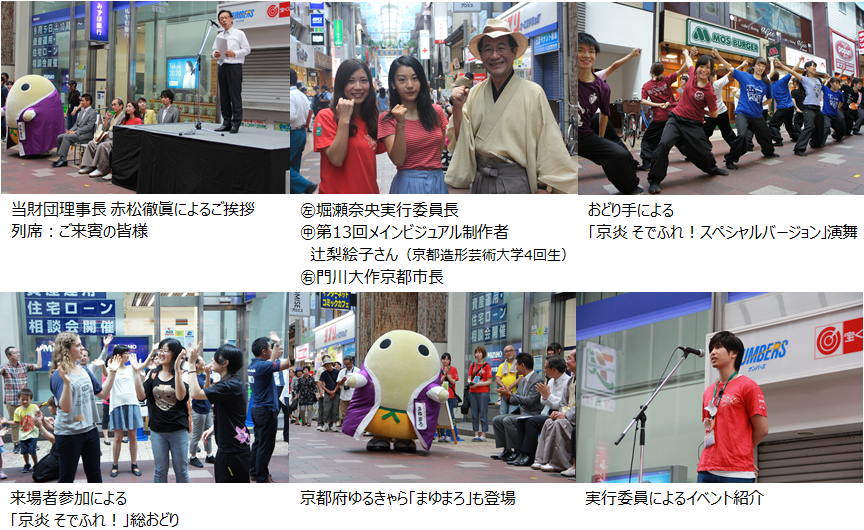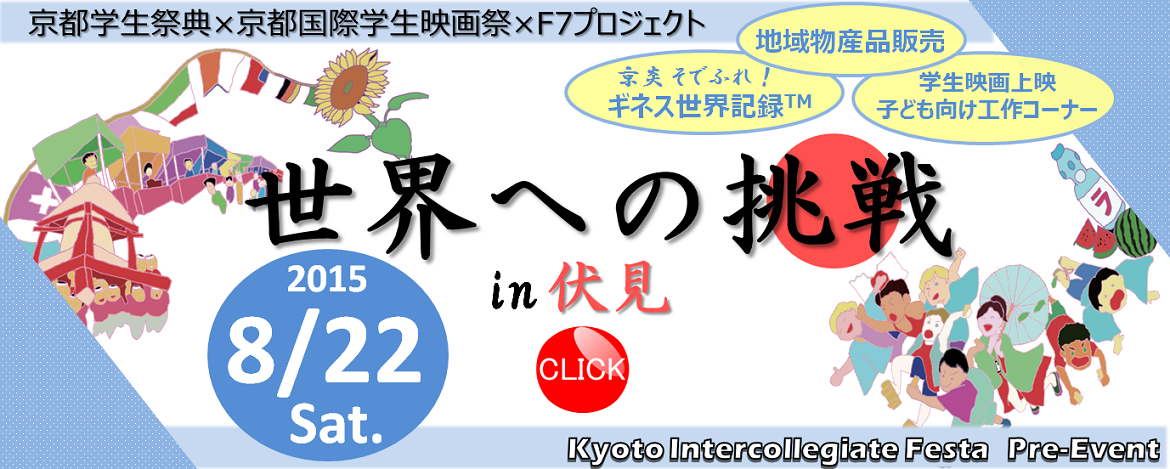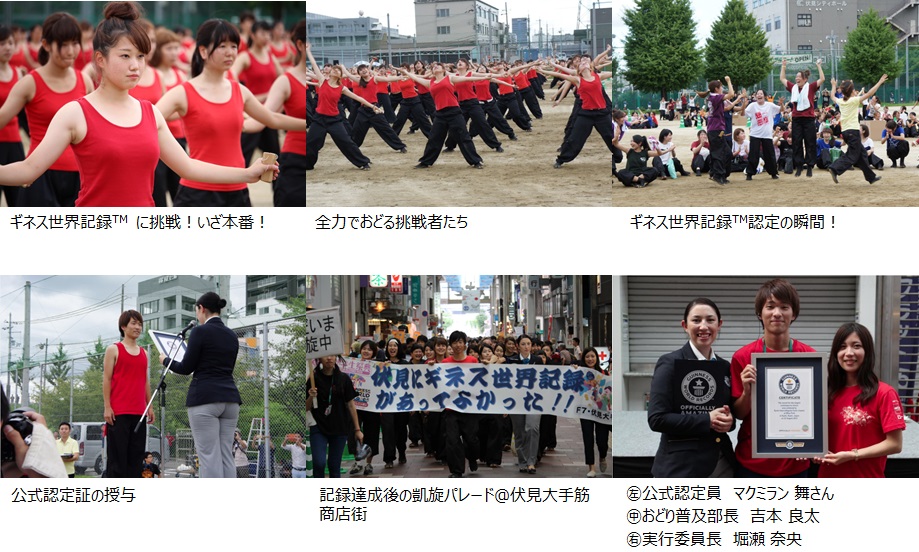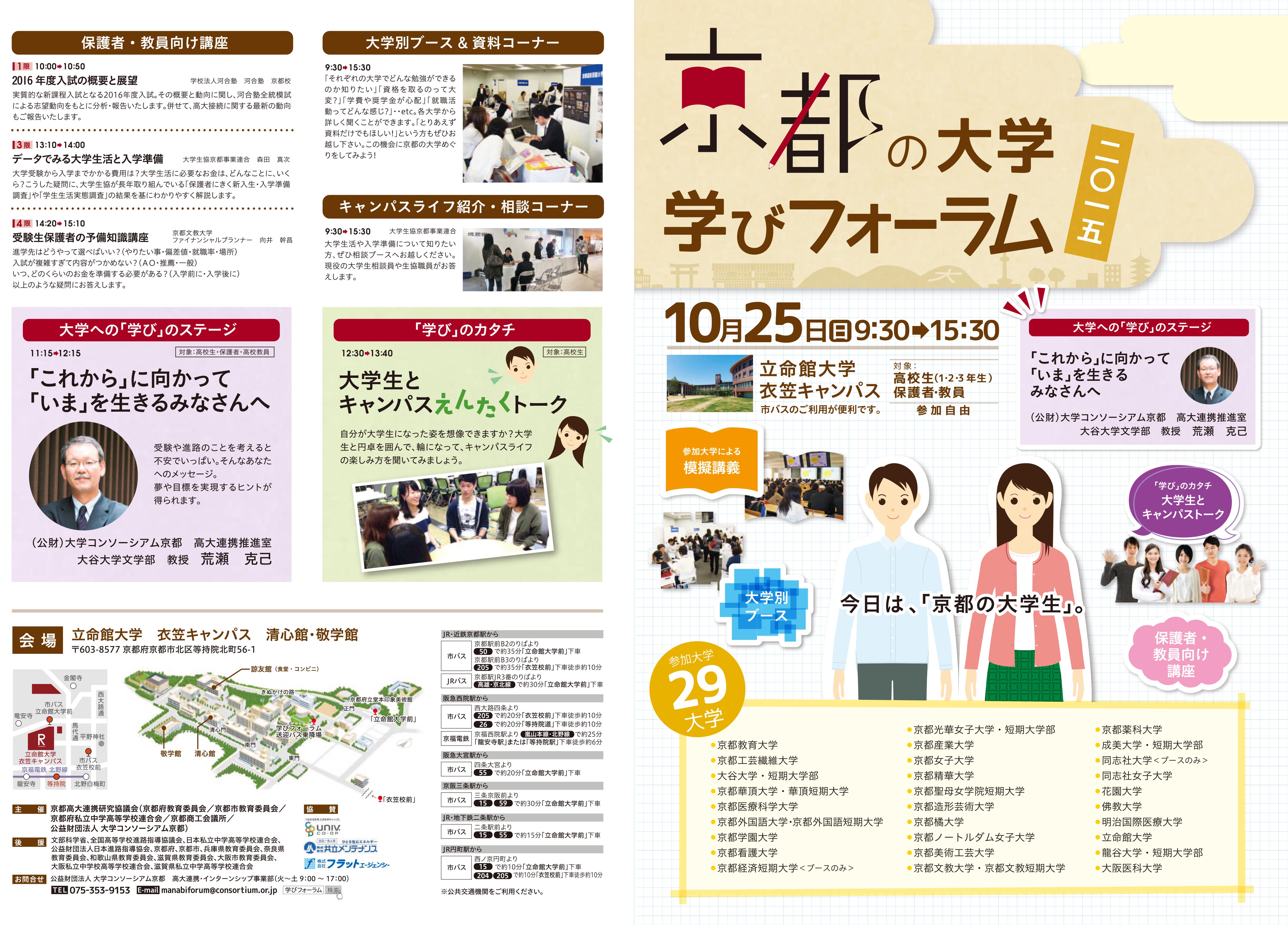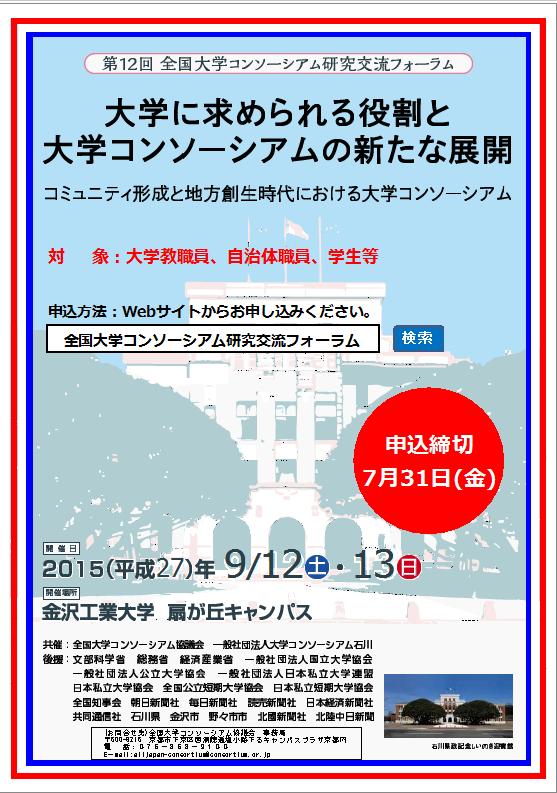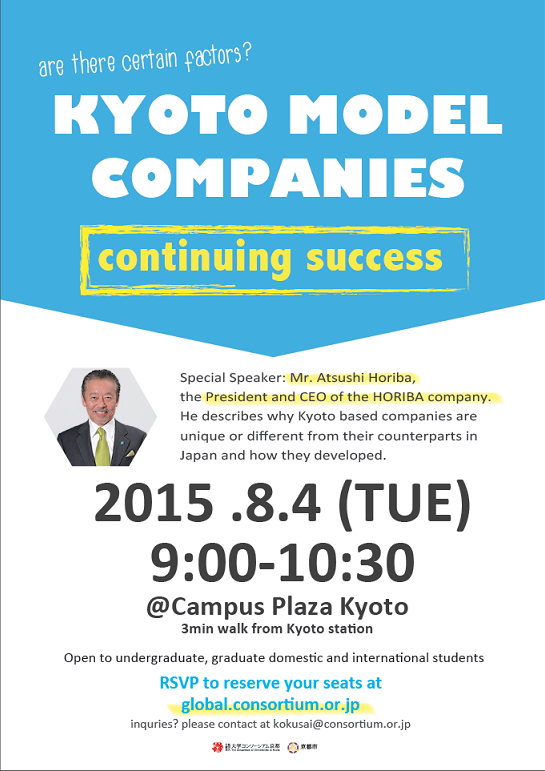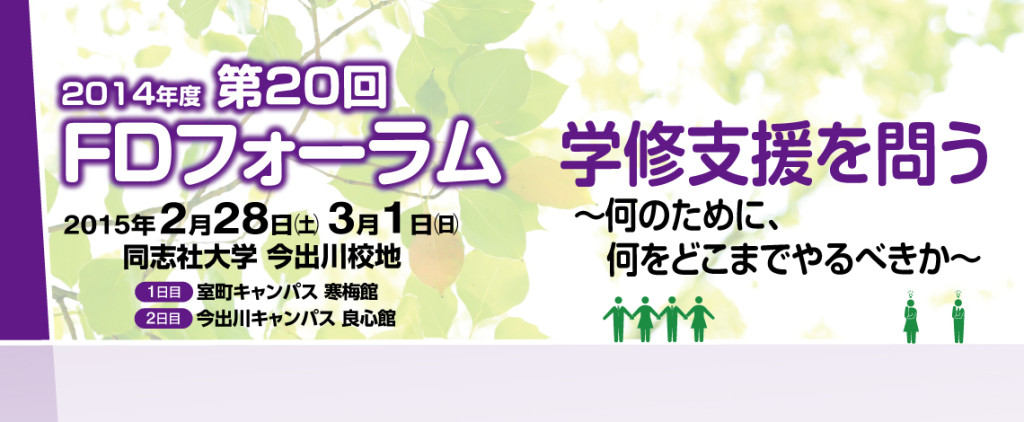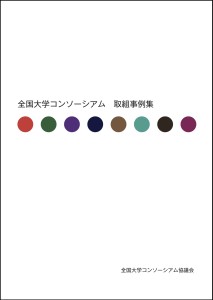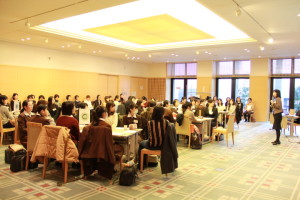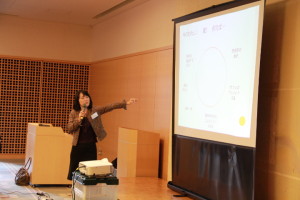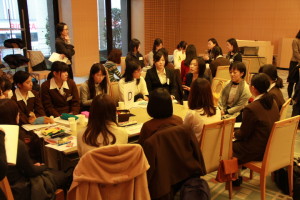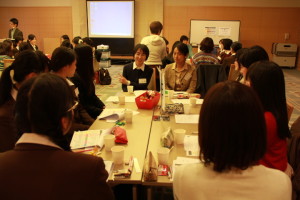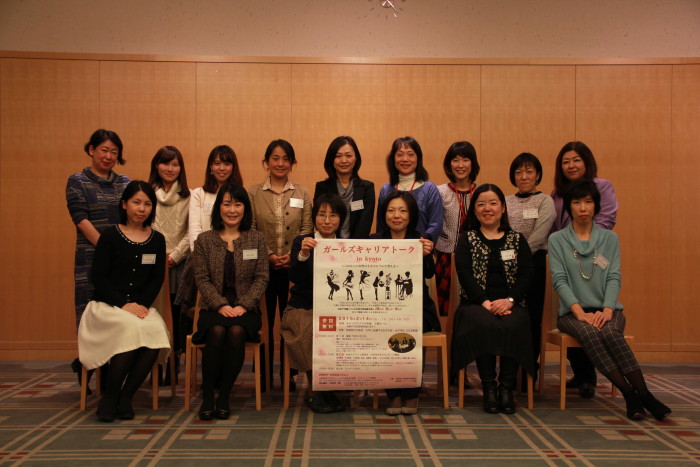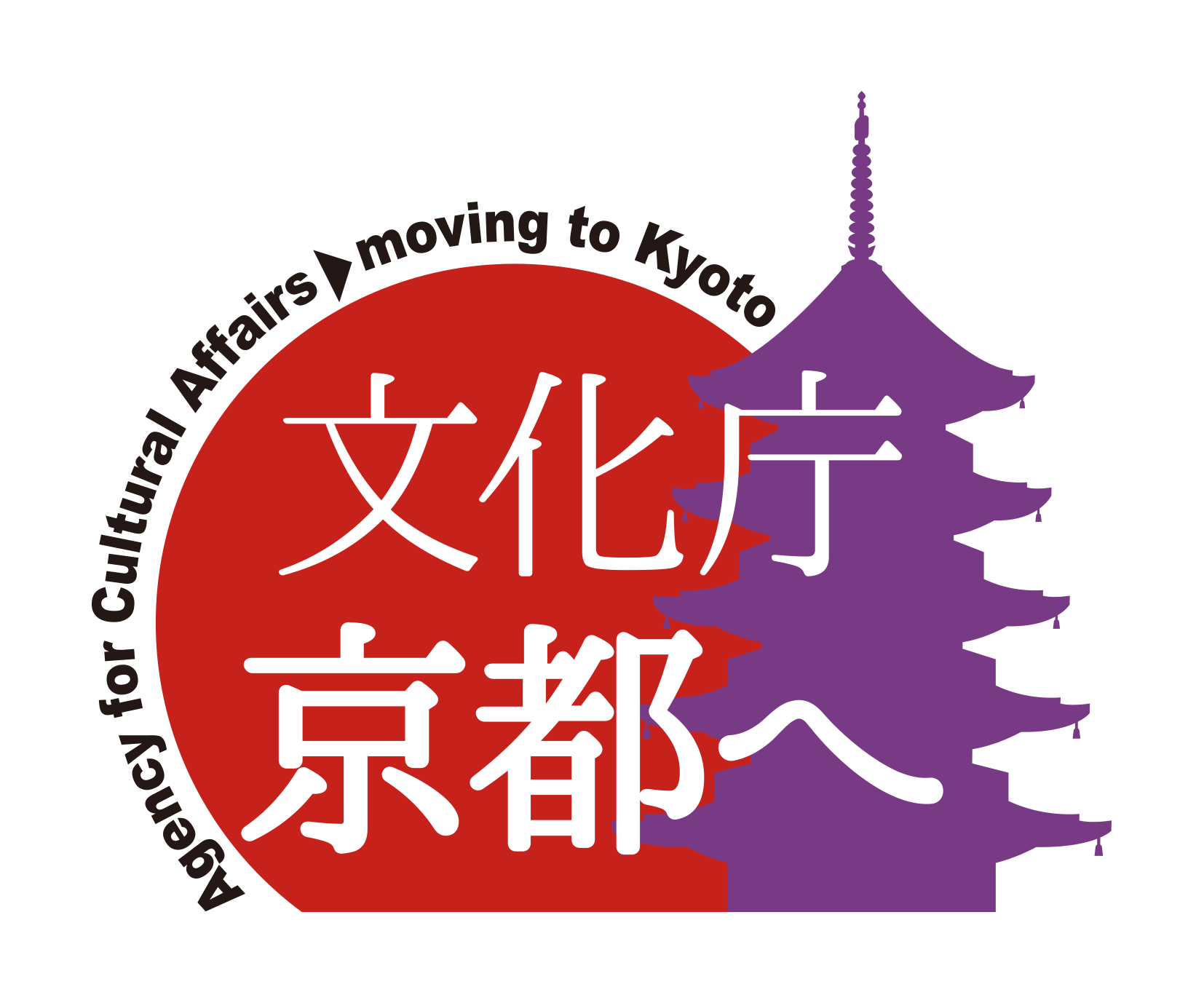Since 2015, the University Consortium Kyoto has been offering “Kyoto World Heritage PBL Courses” as a credit transfer course in collaboration with the Kyoto Cultural Heritage Platform of Tomorrow, which develops PBL in the field of Kyoto’s World Cultural Heritage sites.
A major feature of this course is that it is set in Kyoto’s World Heritage Site, which has cultural and historical significance, and students who go beyond the boundaries of the university can gather and study together through PBL through the credit transfer system. The university town of Kyoto and the historic city of Kyoto. The learning that can only be done in Kyoto is condensed in this subject.
In fiscal 2015, seven courses were offered in partnership with six universities in Kyoto’s six World Heritage sites, and approximately 80 students from 11 universities took the course.
*PBL: PBL (Project Based Learning) is problem-finding and problem-solving learning. Mainly through group learning, students discover problems and propose solutions on their own. Through this process, we aim to develop a variety of abilities and develop human resources who can play an active role in unpredictable times.
Currently, we are currently accepting applications for the establishment of the “Kyoto World Heritage PBL Course” for the 2016 academic year.
If you are a faculty member of the University Consortium Kyoto and are interested in World Heritage Sites or PBL courses, please contact the credit transfer officer of your university (Academic Affairs Division, Academic Affairs Division, etc.) or the credit transfer staff of the University Consortium Kyoto.
About the establishment of courses
To establish a course, please submit the “Application for Establishment of ‘Kyoto World Heritage PBL Courses'” through the department in charge of credit transfer at your university.
Click here for the application form for the new “Kyoto World Heritage PBL Course”
About the subsidy system
The University Consortium Kyoto offers the following subsidy system for the establishment and operation of the Kyoto World Heritage PBL course.
・Matching with partner world heritage sites at the time of course opening
・ Subsidy for expenses related to course management (honorarium for guest lecturers, salary of TAs, etc.) (100,000 yen)
・Subsidies for expenses related to various activities in classes such as fieldwork and workshops (up to 70,000 yen)
・Provision of training (lectures) on interviews and presentations by specialized external lecturers
・Dissemination of activities and learning outcomes
Application Deadline
Thursday, October 15, 2015
* It is necessary to coordinate with our partner World Heritage Site in advance, so please contact us as soon as possible.
Status of Initiatives for the Fiscal Year
The syllabus of the Kyoto World Heritage PBL course offered this year and the class reports of each subject are available as follows.
Please check the content of the courses offered this year and the activities of the students.
Kyoto World Heritage PBL Course Special Site 2015
Kyoto World Heritage PBL Course Class Report
Inquiries
University Consortium Kyoto Credit Transfer Project
TEL 075-353-9120 FAX 075-353-9121
〒600-8216 Shimogyo-ku, Kyoto-shi, Nishitoin-dori, Shiokoji, Shimo-ku, Kyoto, Campus Plaza Kyoto
* Reception hours: Tuesday ~ Saturday 9:00 ~ 17:00 (excluding year-end and New Year holidays)














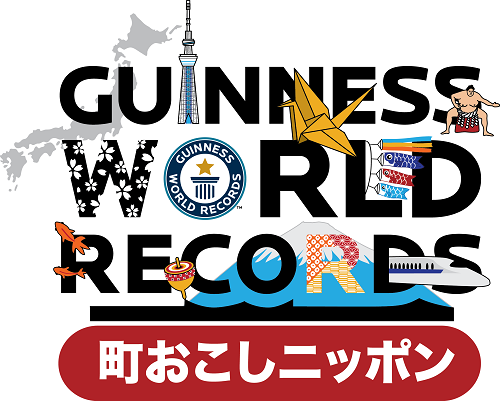 The Student Executive Committee of the Kyoto Student Festival Project, which is planned and managed by students and supported by Kyoto’s universities, the business community, the local community, and the government, held a grand community exchange event in cooperation with the Kyoto International Student Film Festival in cooperation with seven shopping districts in the Fushimi area and the Kyoto International Student Film Festival as a pre-event ahead of the Kyoto Student Festival Main Festival scheduled to be held in October this year.
The Student Executive Committee of the Kyoto Student Festival Project, which is planned and managed by students and supported by Kyoto’s universities, the business community, the local community, and the government, held a grand community exchange event in cooperation with the Kyoto International Student Film Festival in cooperation with seven shopping districts in the Fushimi area and the Kyoto International Student Film Festival as a pre-event ahead of the Kyoto Student Festival Main Festival scheduled to be held in October this year.